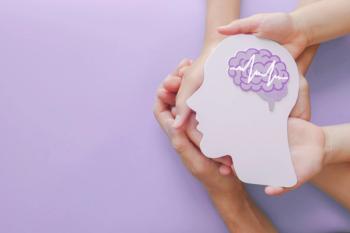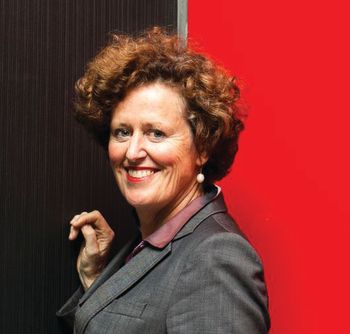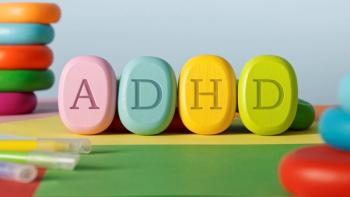
Ten-Year Trend Shows Improved Care for Low-Income ADHD Patients
Rising costs and changing treatment trends have sparked concerns about quality of care.
RESEARCH UPDATE
With the increase in ADHD diagnoses and the corresponding rise in costs of care over the past 15 years, concerns have emerged about whether low-income children with ADHD receive quality evidence-based care. A
The report describes a 10-year analysis of Medicaid claims data related to ADHD. Conducted through Rutgers University, the information is part of a new, larger report of the National Academies of Sciences, Engineering, and Medicine titled
The data source was the Medicaid Analytic Extract (MAX) database from which Medicaid service encounter and pharmacy claims data from a sample of 20 states for the years 2001 to 2010 were drawn. The MAX data include diagnoses, medication prescriptions, and claims for any type of psychotherapy for children age 3 to 17 years who have 11 months of Medicaid eligibility within the year.
Although previous studies of trends in ADHD care using Medicaid claims data have been conducted, this
Before detailing their results, the study authors stressed that their findings reveal changing trends in medication, psychotherapy, and combined treatment services but not the quality of treatment services.
Although ADHD diagnoses nearly doubled in 10 years, the rate of psychotherapy alone increased twofold, and the rate of medication alone decreased from 65% to 53%.
They also noted, up front, that their study had several limitations. For one, because only children who were continuously enrolled in Medicaid were included, absolute rates of treatment might have been underestimated. Also, the requirement of 11 months’ Medicaid eligibility and at least 2 claims may have led to overestimation of treatment rates for ADHD.
The researchers reported that over the 10-year period the proportion of low-income children with an
Of note, though, is an increasing upswing in receipt of treatment that conforms to clinical practice standards. Between 2001 and 2010, rates of combined treatment (pharmacotherapy plus behavioral counseling and other nonpharmacological interventions) increased from 19% to 32% (a relative change of 74%). The rate of psychotherapy alone more than doubled, and the rate of medication alone decreased from 65% to 53%.
In addition, treatment reimbursement is increasing. The study found that diagnoses without any reimbursed treatment decreased from 13% to 8%, for a relative change of 39%.
References:
1. Hoagwood KE, Kelleher K, Zima BT, et al.
2. Boat TF, Wu JT, eds.
Newsletter
Receive trusted psychiatric news, expert analysis, and clinical insights — subscribe today to support your practice and your patients.












